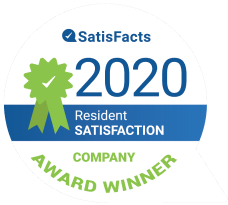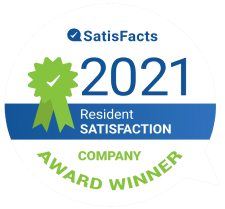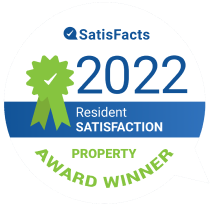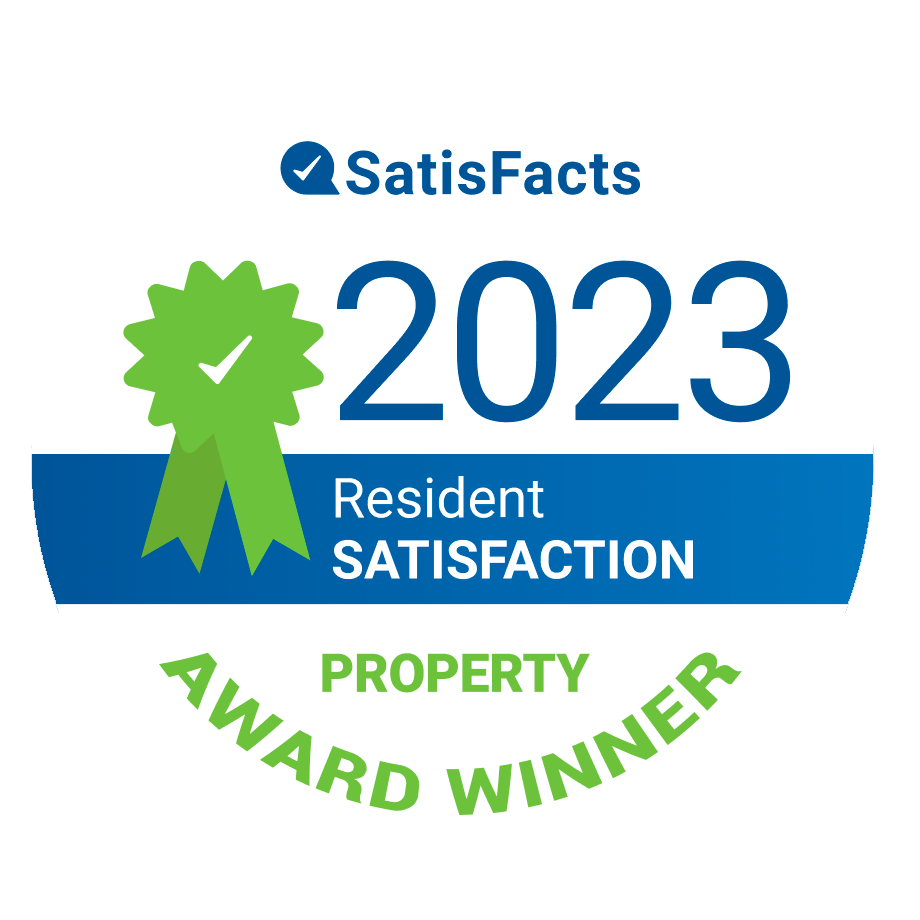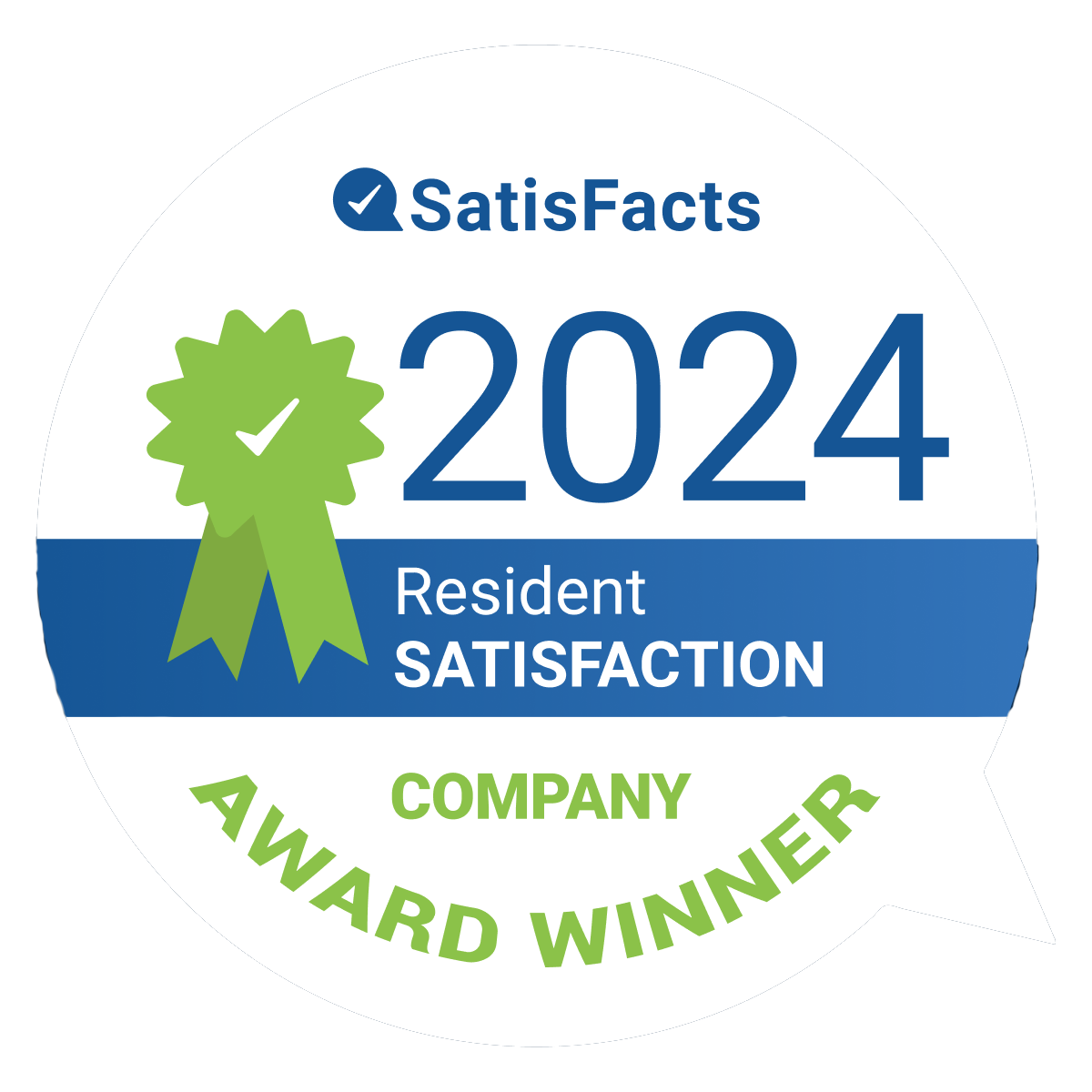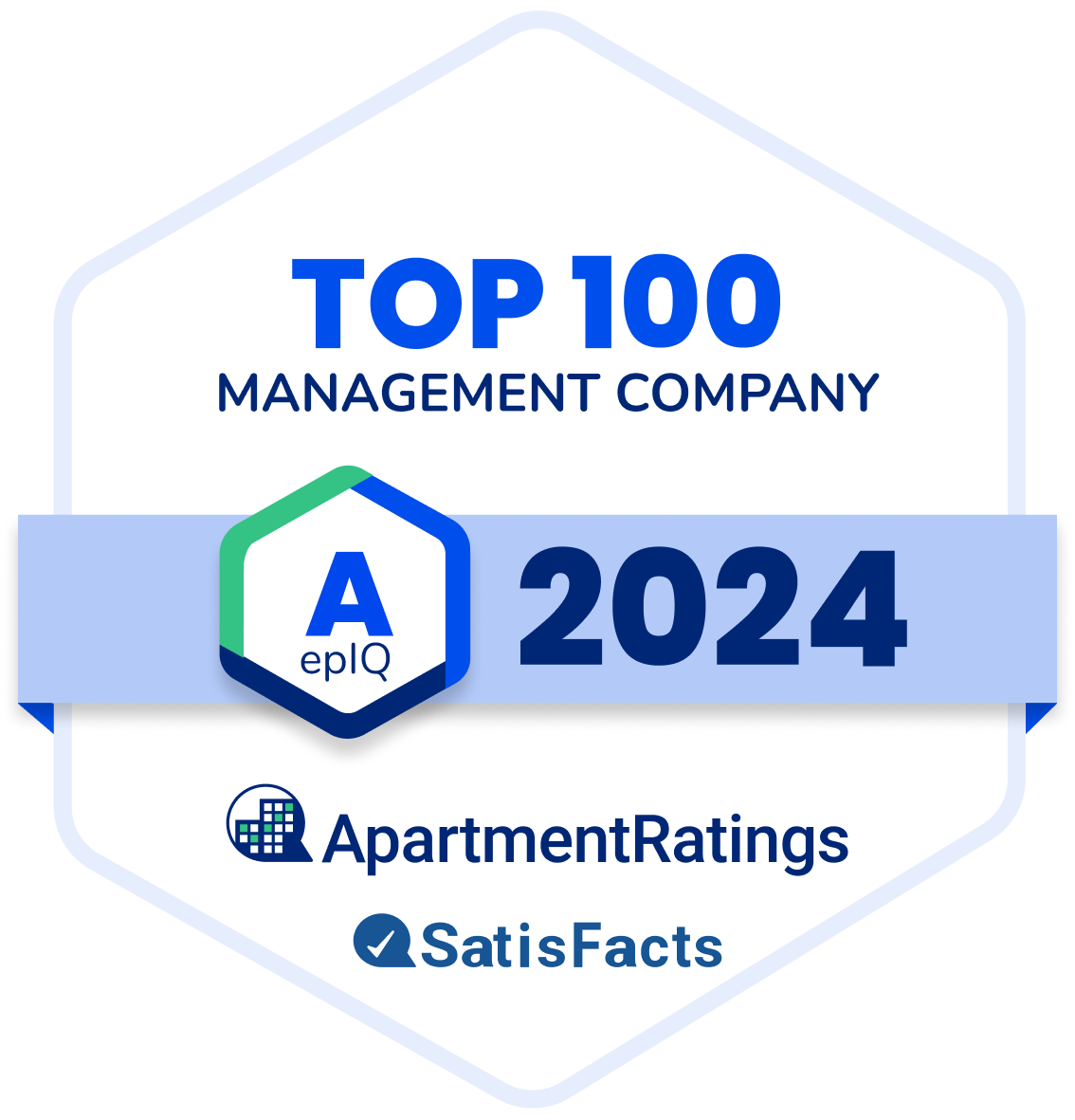 “If I could give this place zero stars I would! It’s August and the pool is closed again!”
“If I could give this place zero stars I would! It’s August and the pool is closed again!”
This is a review no owner wants to see posted online. But it happens all too often.
While residents are waiting for repairs, they may well be cruising Apartments.com for a new rental.
It doesn’t have to be this way. A preventative maintenance program can not only keep your residents happy but also drive lease renewals, lower turnover costs, and ultimately increase the value of your property. Here’s Leasington’s experience.
 Don’t Wait for Disaster to Strike
Don’t Wait for Disaster to Strike
At Leasington Property Management, when we take over a property, we develop a preventative maintenance checklist specific to that property. We outline what we need to check weekly, monthly, quarterly, and annually. By catching potential issues early, we can prevent costly breakdowns and keep residents satisfied. Often a newly purchased property will have deferred maintenance from the prior owner. We will address these items first and then set up regular inspections and maintenance program.
Sometimes we also see multifamily owners who are hesitant to invest in a preventive inspection and maintenance program under the “if it ain’t broke, don’t fix it philosophy.” However, these owners may not have focused on the relationship between maintenance and renewals.
Residents without hot water or with malfunctioning air conditioning may break a lease or not renew, leaving bad reviews online. This will driving up costs from excessive make ready and leasing commissions and hurt the property’s reputation. Leasington’s experience has shown that the financial benefits of proactive maintenance result in higher profits in the long term.
Focus On Areas that Impact Residents
Regular inspections can help prevent costly breakdowns of critical mechanical elements that affect residents.
A few examples:
- Entrance gate: If the gate fails, residents may not be able to enter the property, causing intense frustration and inconvenience.
- Pool pump: Pump failure in the summer will definitely make residents unhappy – and make them take to the internet to complain – because they were looking forward to using the pool on hot days.
- Boiler: Hot water is one of the most basic elements in an apartment. When the boiler fails, it is a major inconvenience for everyone and something that residents will remember for a long time.
Keep Residents Happy and Safe
It’s not just the cost of repairs to consider but also the impact of a failure on the resident’s experience. Regular inspections can help ensure resident safety. For example, if the boiler is not functioning properly, it could be a fire hazard in addition to being a hardship for residents without water. By finding and addressing these issues early, you can prevent accidents and keep your residents safe.
Drive Renewals and Increase Property Value
In conclusion, strong preventative maintenance is the right way to do multifamily property management. Residents deserve it, and it benefits your bottom line. Not only can it prevent costly breakdowns and identify potential issues, but it can also enhance the property’s reputation and drive lease renewals. This in turn can grow income, and when income grows so does the property’s value.
So don’t hesitate – contact Leasington and let us help you invest in a preventive maintenance program today.
Resources:
Excellent Overview from IBM on the technological future of preventative maintenance including discussion the impact of AI and machine learning on maintenance strategies.
IBM preventative and predictive maintenance strategies
Remote monitoring – Here’s the future. Petasense is a solution that uses sensor to predict the coming failure of any mechanical or electrical components.
Here’s a great book from RS Means with a comprehensive preventative maintenance checklist and recommendations.
Preventative Maintenance for Multi-Family Housing: For Apartment Communities

